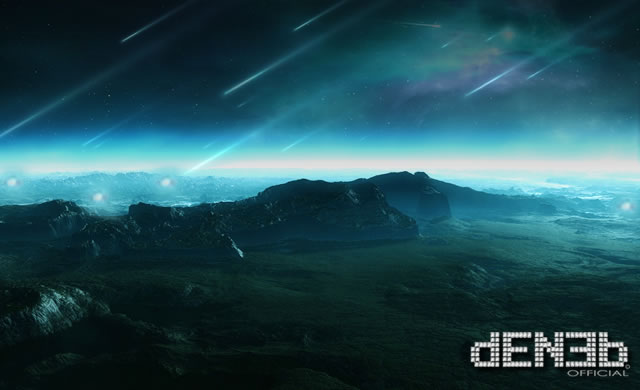
E’ la domanda che ha sconcertato gli esseri umani per millenni: come ha avuto inizio la vita sul pianeta Terra? Ora la risposta sembra arrivare da una nuova ricerca di un paleontologo della Texas Tech University che suggerisce che potrebbe essere piovuta dal cielo iniziando il suo percorso nelle viscere profonde agli albori del nostro pianeta.
Sankar Chatterjee, professore di Geoscienze e curatore del reparto di paleontologia del Museo della Texas Tech University crede di aver trovato la risposta, collegando le teorie sulla evoluzione chimica con prove relative ai primi segnali geologici del nostro pianeta. “Questa scoperta è molto più grande che trovare qualsiasi dinosauro”, ha detto Chatterjee. “Questo è ciò che tutti abbiamo cercato da sempre, praticamente il Santo Graal della scienza”. Grazie al bombardamento di comete pesanti e piogge di meteoriti sulla superficie terrestre nel corso dei suoi anni di formazione, circa 4 miliardi di anni fa, i grandi crateri creati da questa pioggia di meteore e comete, non solo hanno ospitato l’acqua contenuta in quegli oggetti celesti con i mattoni chimici fondamentali per la vita, ma sono diventati anche il crogiolo ideale per concentrare e assemblare questi prodotti chimici dando vita ai primi organismi semplici. Lo studio sarà presentato con le sue conclusioni il 30 ottobre durante il 125 ° anniversario della riunione annuale della Geological Society of America a Denver. Oltre a scoprire come gli animali antichi volavano, Chatterjee ha scoperto il Shiva Meteorite Crater che è stato creato da un meteorite di circa 25 miglia che ha colpito il nostro pianeta al largo della costa dell’India. Questa ricerca ha concluso che questo meteorite gigante ha raso al suolo contemporaneamente Chicxulub nel vicino Messico, ponendo fine all’era dei dinosauri 65 milioni di anni fa.
It has baffled humans for millennia: how did life begin on planet Earth? Now, new research from a Texas Tech University paleontologist suggests it may have rained from the skies and started in the bowels of hell.
Sankar Chatterjee, Horn Professor of Geosciences and curator of paleontology at the Museum of Texas Tech University believes he has found the answer by connecting theories on chemical evolution with evidence related to our planet’s early geology. “This is bigger than finding any dinosaur,” Chatterjee said. “This is what we’ve all searched for – the Holy Grail of science.” Thanks to regular and heavy comet and meteorite bombardment of Earth’s surface during its formative years 4 billion years ago, the large craters left behind not only contained water and the basic chemical building blocks for life, but also became the perfect crucible to concentrate and cook these chemicals to create the first simple organisms. He will present his findings Oct. 30 during the 125th Anniversary Annual Meeting of the Geological Society of America in Denver. As well as discovering how ancient animals flew, Chatterjee discovered the Shiva Meteorite Crater, which was created by a 25-mile-wide meteorite that struck off the coast of India. This research concluded this giant meteorite wreaked havoc simultaneously with the Chicxulub meteorite strike near Mexico, finishing the dinosaurs 65 million years ago.
Source/Continue reading → Phys.org





















